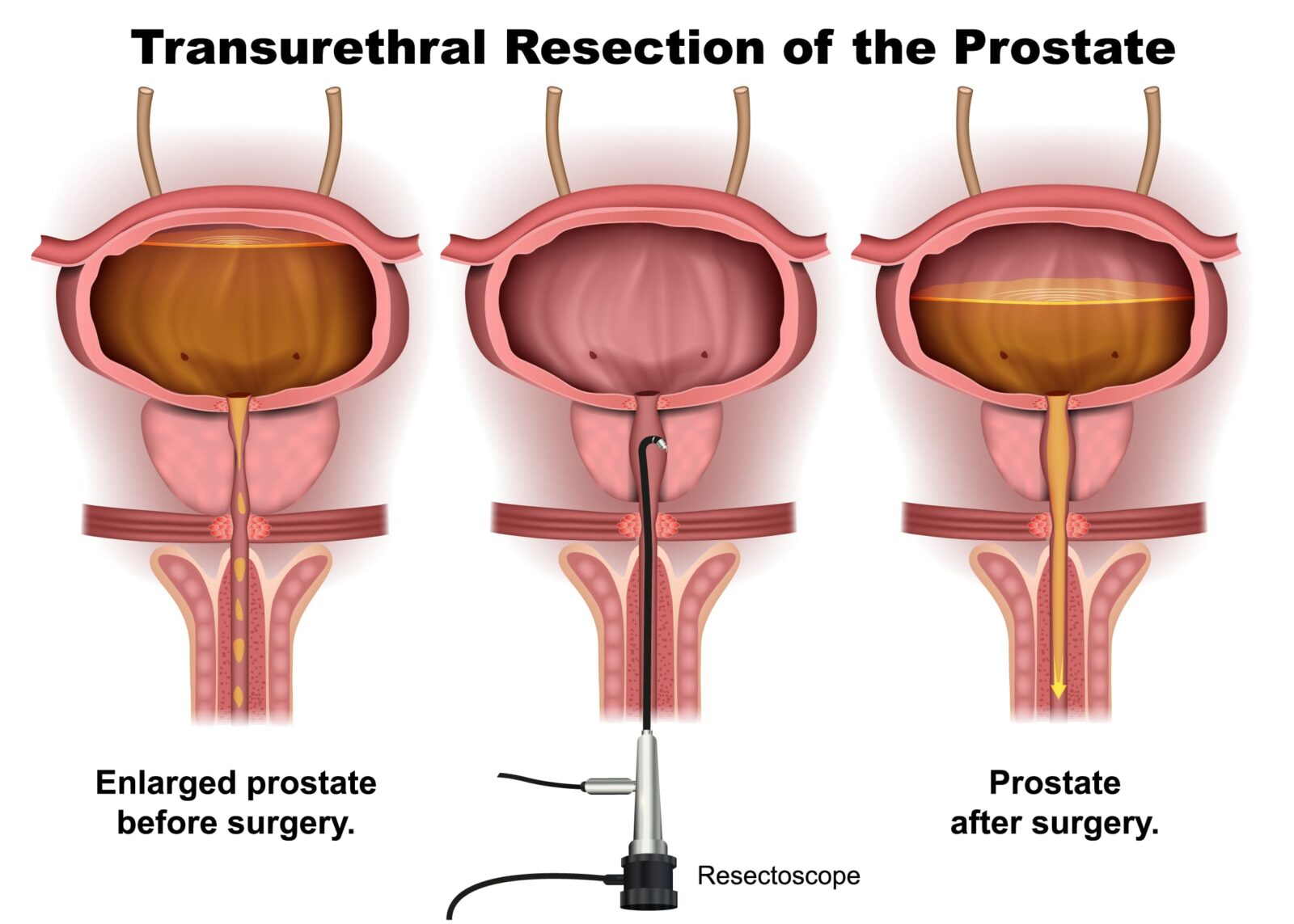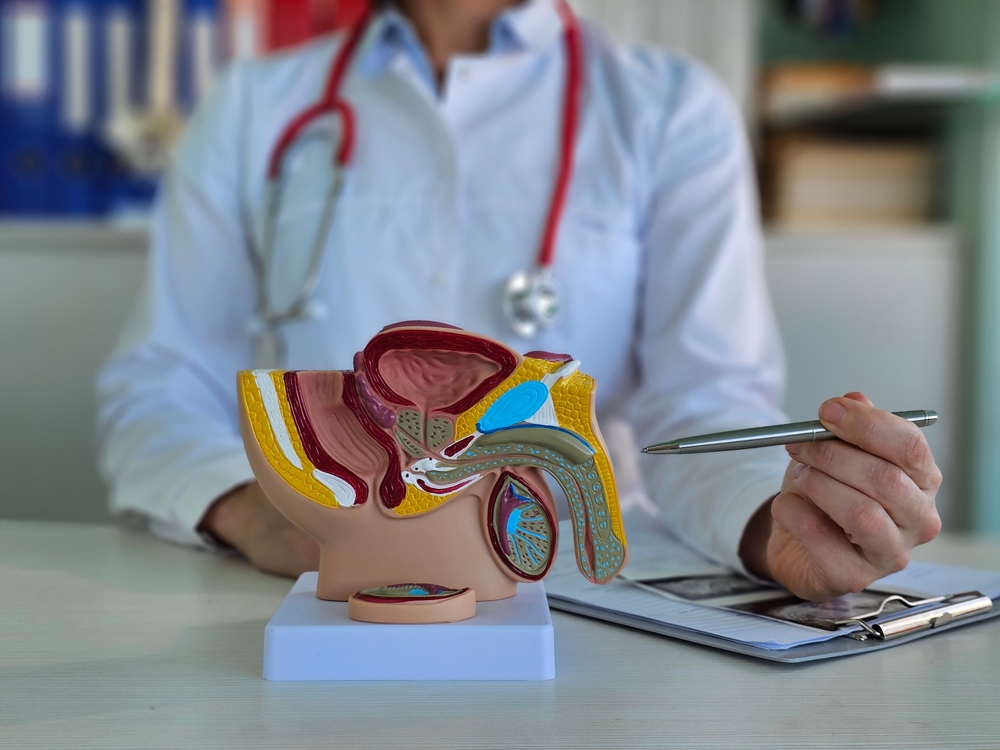Benign prostatic hyperplasia (BPH) is a common condition that affects many men as they age, causing urinary symptoms such as frequent urination and weak urine flow. While medication is often the first line of treatment, some men may require surgery to alleviate their symptoms. One such surgical option is transurethral resection of the prostate (TURP). However, not all men with BPH need TURP, and it is important to consider factors such as symptom severity, prostate size, and prior treatment history when deciding on a treatment plan. In this blog, we will explore when it is appropriate to consider TURP as a treatment for BPH.
What is TURP?

Transurethral resection of the prostate (TURP) is a surgical procedure used to treat benign prostatic hyperplasia (BPH), which is a common condition in older men that causes the prostate gland to enlarge and obstruct the flow of urine from the bladder. During TURP, a surgeon uses a resectoscope, a special tool with a wire loop at the end, to remove small pieces of the prostate gland that are blocking the urethra. The procedure is performed through the urethra, so no incisions are needed, and it typically requires a hospital stay of one to two days. TURP can relieve the urinary symptoms of BPH and improve urine flow, allowing men to urinate more easily and reducing the risk of complications such as urinary tract infections and kidney damage.
Compared to other treatments for BPH, TURP has several benefits:
- High success rate: TURP is one of the most effective treatments for BPH, with success rates of 80-90%. It can improve urinary symptoms, increase urine flow, and reduce the risk of complications such as urinary tract infections and bladder stones.
- Long-lasting results: The effects of TURP are typically long-lasting, with most men experiencing relief from their symptoms for many years.
- Minimally invasive: TURP is a minimally invasive procedure that is performed through the urethra, so no incisions are needed. This can result in less pain and a shorter recovery time compared to traditional surgery.
- Lower risk of sexual side effects: TURP is associated with a lower risk of sexual side effects compared to some other treatments, such as prostatectomy.
- Can be performed on an outpatient basis: In some cases, TURP can be performed on an outpatient basis, meaning that the patient can go home the same day as the procedure.
However, TURP is not without risks, and potential complications include bleeding, infection, urinary incontinence, and erectile dysfunction. It is important to discuss the risks and benefits of TURP with a healthcare provider to determine if it is the best treatment option for a man’s individual situation.
Symptoms that may warrant TURP
The symptoms of benign prostatic hyperplasia (BPH) can vary in severity, and not all men with BPH require surgery. However, if a man’s symptoms are particularly bothersome or are interfering with his quality of life, transurethral resection of the prostate (TURP) may be a good treatment option. Symptoms that may warrant TURP include:
- Difficulty starting urination
- Weak urine flow or dribbling
- Frequent urination, especially at night (nocturia)
- Feeling like the bladder is not emptying completely after urination
- Urinary retention (inability to urinate)
- Urinary tract infections or bladder stones caused by urine backup
- Blood in the urine
If a man is experiencing any of these symptoms, he should talk to his healthcare provider about the best treatment options, which may include TURP.
Other factors that may indicate TURP
In addition to symptom severity, there are other factors that may contribute to the decision to recommend transurethral resection of the prostate (TURP) as a treatment option for benign prostatic hyperplasia (BPH). These factors include:
- Prostate size: TURP is generally most effective for men with moderately enlarged prostates, although it can be used for larger prostates as well.
- Urinary retention: If a man is unable to urinate or has a significant amount of urine that remains in the bladder after urination, TURP may be necessary to alleviate the obstruction.
- Recurrent urinary tract infections: If a man is experiencing frequent urinary tract infections caused by urine backup, TURP may be necessary to prevent further infections.
- Bladder stones: If urine backup is causing bladder stones, TURP may be necessary to remove the blockage and prevent further stone formation.
- Prior treatment history: If other treatments, such as medications or minimally invasive procedures, have not been effective in relieving BPH symptoms, TURP may be considered as a treatment option.
Ultimately, the decision to recommend TURP will depend on a man’s individual circumstances and the advice of his healthcare provider.
In Conclusion
In conclusion, transurethral resection of the prostate (TURP) is a highly effective treatment option for men with benign prostatic hyperplasia (BPH). It can significantly improve urinary symptoms, increase urine flow, and reduce the risk of complications such as urinary tract infections and bladder stones. Compared to other treatments, TURP has several benefits, including a high success rate, long-lasting results, and a lower risk of sexual side effects. However, it is not without risks, and potential complications must be considered before making a decision. Ultimately, the decision to undergo TURP should be made in consultation with a healthcare provider, taking into account the patient’s individual circumstances and preferences.














